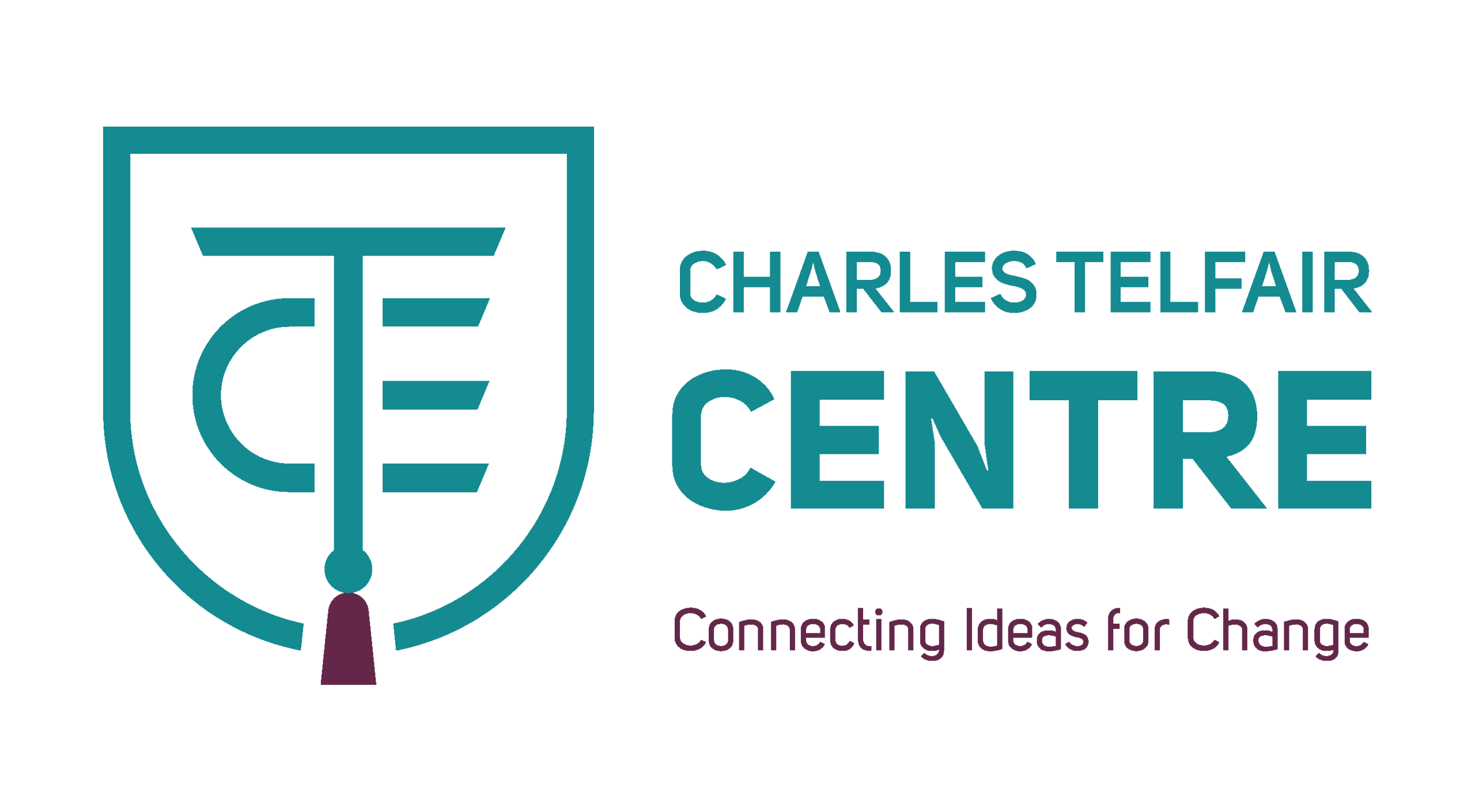April J Burt, Research Associate at the University of Oxford
Noam Vogt-Vincent, Postdoctoral fellow at University of Hawaii
The Seychelles archipelago of 115 islands stretches across a vast area of the western Indian Ocean. Each island is fringed by coral reefs.
Coral reefs are formed by colonies of invertebrate animals that build hard skeletons and grow in a myriad of forms. These complex tropical reefs support a third of all species in the ocean as well as the livelihoods of millions of people. Dependency on coral reefs for food security and economic stability is particularly acute in small island developing states such as Seychelles, where a high proportion of people live close to reef systems and there isn’t much land for alternative ways of life.
Corals reefs are also the ecosystems most vulnerable to climate change, due to the sensitivity of tropical corals to ocean warming. Marine heatwaves that cause widespread coral mortality are becoming more frequent and more severe, leaving insufficient time for coral recovery to take place.
The only solution to this threat is rapidly reducing greenhouse gas emissions, but effective marine management may buy coral reefs some time.
One of the ways a damaged reef can recover is if there is a consistent supply of baby corals. Although adult corals are attached to the seabed and cannot move, baby corals float freely in the ocean. Baby corals can therefore be transported over large distances by ocean currents. Some coral reefs are more isolated, but others may be strongly connected, acting as a source of baby corals for many other reefs. Prioritising these source reefs for conservation may improve the resilience of corals in the wider region.
In our recent study, we mapped coral reef connectivity across the Seychelles using a combination of population genetics and computer modelling. Despite the remoteness of many islands, both genetic and modelling approaches suggested that the connectivity between these remote reefs was high, with ocean currents shuttling larvae across the archipelago. We also developed an interactive web app to help marine managers understand these connections.
Our findings suggest that localised conservation efforts have the potential to benefit coral reef health more broadly. This would be the case both within Seychelles and along the east African coast.
Coral superhighways
If currents transport baby corals between a pair of reefs, we say that those reefs are connected. Mapping these connections allows us to design more effective management strategies. Some corals also appear to be more resilient to hotter temperatures, and connectivity may allow baby corals to introduce genes responsible for this resilience to other reefs.
Baby corals are tiny – usually less than one millimetre across – so they are impossible to track directly over large distances. To quantify coral reef connectivity, we have to use indirect methods. One approach is using DNA from corals in different reefs, and analysing how similar they are genetically. The more similar they are, the greater the connectivity likely is.
Alternatively, with the help of ocean current data and biology, we can use computer simulations to predict the transport of baby corals between coral reefs.
Because many coral reefs in the Seychelles are exceptionally remote, one may expect connectivity to be low. However, our findings demonstrate that this is not the case.
To map connectivity across the archipelago, we analysed the DNA of 241 coral colonies from 12 islands across the Seychelles archipelago, and found evidence for recent connectivity between distant pairs of islands. For example, the DNA of many corals in the exceptionally remote Aldabra atoll – a world heritage site – shares strong similarity to corals on the most populated island in Seychelles, Mahé, despite being separated by over 1,000km of ocean.
We found these genetic similarities by comparing the sequenced DNA of all our samples and focusing on sites where variations occurred (known as single nucleotide polymorphisms or SNPs). These variations are inherited, so individuals that are closely related will have more SNPs in common than those who are distantly related.
Computer simulations provide insight into how the strong connectivity between remote islands in Seychelles occurs. Although the inner (highly populated) islands of Seychelles are usually surrounded by an eastward flowing ocean current, wiggles in the currents (similar to weather systems in the atmosphere) can transport some baby corals to the south. This allows them to enter a rapid, westward current that efficiently transports them towards remote islands in south-west Seychelles, such as Aldabra.
Baby corals from Aldabra are catapulted further west by this current, away from Seychelles and towards east Africa. Aldabra may therefore be a source of baby corals for thousands of kilometres of coral reef across east Africa.
Next steps
Our research, as well as the development of an app, will contribute to effective management of coral reefs such as the development and maintenance of marine protected areas. Interventions on land can also, surprisingly, help vulnerable coral reefs. For example, removing rats improves coral health and resilience by restoring seabirds which rain down nutrients in the form of guano onto the islands. These nutrients reach near-shore waters and significantly increase growth and fish biomass. But eradications are extremely costly. Coral connectivity data can help island nations like Seychelles decide where to invest in such costly actions to maximise positive impacts for coral reefs.![]()
This article is republished from The Conversation under a Creative Commons license. Read the original article.
Main photo by Tom Fisk on Pexels
Charles Telfair Centre is an independent nonpartisan not for profit organisation and does not take specific positions. All views, positions, and conclusions expressed in our publications are solely those of the author(s).

